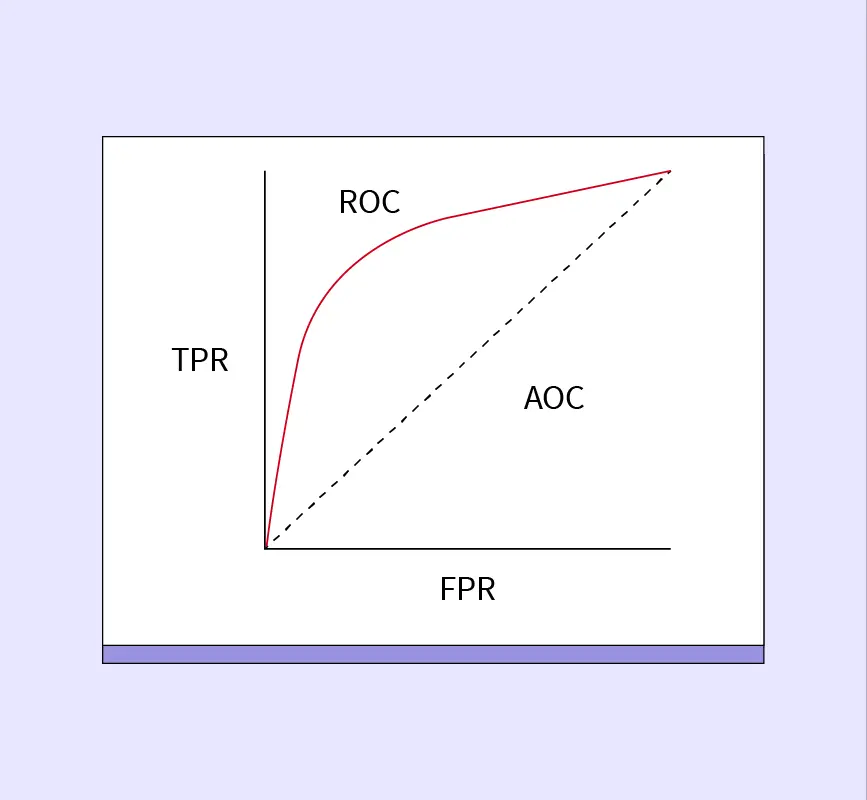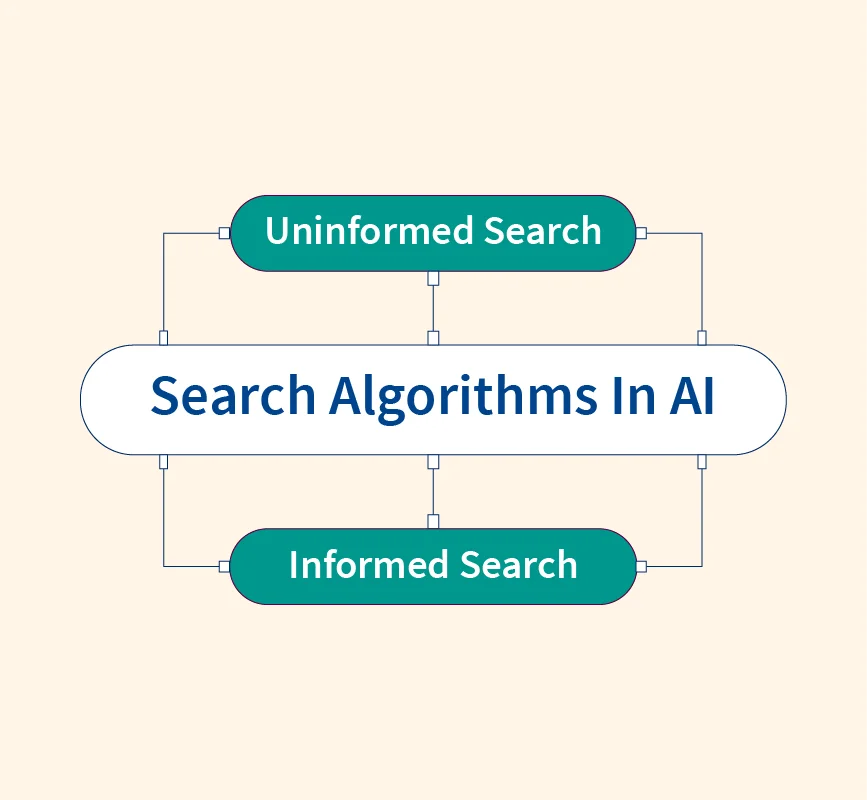In machine learning, a cost function is a mathematical metric that quantifies the difference between a model’s predicted values and actual values. It serves as a key measure of how well a model is performing by calculating errors across predictions.
Cost functions play a crucial role in optimization and model training by guiding the learning process. Machine learning models aim to minimize the cost function value by adjusting parameters through techniques like gradient descent. Lower cost function values indicate better model accuracy and improved performance.
What is a Cost Function in Machine Learning?
A cost function quantifies the error in a machine learning model by measuring the difference between predicted values and actual values. It provides a numerical representation of how well or poorly a model performs, helping to fine-tune parameters for better accuracy.
In supervised learning, cost functions are crucial for both classification and regression models:
- Regression Models: The cost function calculates the difference between predicted continuous values and actual values.
- Classification Models: It evaluates how well the model classifies instances by comparing predicted probabilities with actual labels.
Example: Cost Function in Linear Regression
Consider a linear regression model predicting house prices based on features like size and location. If the model predicts $250,000, but the actual price is $275,000, the cost function measures this error and adjusts the model’s parameters to minimize it over time.
Mathematically, this is often represented using Mean Squared Error (MSE):
$$MSE = \frac{1}{n} \sum_{i=1}^{n} (y_i – \hat{y}_i)^2$$
where $y_i$ is the actual value and $\hat{y}_i$ is the predicted value.
By minimizing the cost function, machine learning models become more accurate, ensuring better predictions and performance.
Why is Cost Function Important?
Cost functions play a crucial role in machine learning by quantifying model errors and guiding the optimization process. Their primary importance lies in improving model performance and ensuring accurate predictions.
1. Helps Optimize Model Performance
By measuring the difference between predicted and actual values, the cost function identifies errors and helps refine model parameters. Lower cost values indicate a better-performing model with reduced prediction errors.
2. Used in Gradient Descent for Optimization
Gradient descent, a widely used optimization algorithm, relies on the cost function to update weights and biases. By minimizing the cost function, the model gradually learns the best parameter values to improve accuracy.
3. Key to Training Deep Learning and Neural Networks
In deep learning, cost functions help adjust neural network parameters, ensuring effective learning through backpropagation. Functions like cross-entropy loss and mean squared error are essential in training neural networks for tasks like image recognition and language modeling.
Types of Cost Functions
Cost functions vary based on the type of machine learning task, such as regression, binary classification, and multi-class classification. Selecting the appropriate cost function ensures better model performance and optimization.
1. Regression Cost Functions
Regression cost functions measure the error between predicted and actual continuous values.
Mean Squared Error (MSE)
MSE calculates the average squared difference between predicted values and actual values. It penalizes large errors more than small ones.
$$MSE = \frac{1}{n} \sum_{i=1}^{n} (y_i – \hat{y}_i)^2$$
- Commonly used in linear regression.
- Sensitive to outliers due to squaring of errors.
Mean Absolute Error (MAE)
MAE computes the average of absolute differences between actual and predicted values.
$$MAE = \frac{1}{n} \sum_{i=1}^{n} |y_i – \hat{y}_i|$$
- Less sensitive to outliers than MSE.
- Suitable when all errors should be treated equally.
Huber Loss
A combination of MSE and MAE, Huber loss is robust to outliers by using MSE for small errors and MAE for large errors.
$$L_{\delta} (a) = \begin{cases} \frac{1}{2} (a)^2, & \text{for} \ |a| \leq \delta \\ \delta (|a| – \frac{1}{2} \delta), & \text{for} \ |a| > \delta \end{cases}$$
- Useful in regression tasks where outliers are present.
2. Binary Classification Cost Functions
Binary classification cost functions evaluate how well a model distinguishes between two classes (e.g., spam vs. non-spam).
Log Loss (Binary Cross-Entropy Loss)
Log loss calculates the likelihood of correct classification by penalizing incorrect predictions.
$$LogLoss = -\frac{1}{n} \sum_{i=1}^{n} [y_i \log(\hat{y}_i) + (1 – y_i) \log(1 – \hat{y}_i)]$$
- Used in logistic regression and deep learning models.
- Works well with probability-based classification.
Hinge Loss
Hinge loss is used in Support Vector Machines (SVMs) to maximize the margin between classified points.
$$L = \sum \max(0, 1 – y_i \hat{y}_i)$$
- Focuses on correctly classifying data points with maximum separation.
- Best suited for SVM-based binary classification.
3. Multi-Class Classification Cost Function
For classification tasks with more than two categories, specialized cost functions are required.
Categorical Cross-Entropy
Used for multi-class classification, categorical cross-entropy evaluates how well a model assigns probabilities to different classes.
$$Loss = -\sum_{i=1}^{n} y_i \log(\hat{y}_i)$$
- Works with softmax activation function to compute class probabilities.
- Commonly used in deep learning models like CNNs and RNNs.
Choosing the right cost function depends on data type, model architecture, and optimization goals, ensuring better predictions and performance.
Gradient Descent and Cost Function Optimization
Gradient descent is an optimization algorithm used to minimize the cost function by iteratively adjusting model parameters. It ensures that the model learns effectively by reducing the error between predicted and actual values.
How Gradient Descent Works?
Gradient descent updates model parameters (θ\thetaθ) by calculating the derivative of the cost function (J(θ)J(\theta)J(θ)) and adjusting θ\thetaθ in the direction that reduces the error.
The parameter update formula is:
$$\theta = \theta – \alpha \frac{\partial J(\theta)}{\partial \theta}$$
where:
- $\theta$ = Model parameters (weights and biases).
- $J(\theta)$ = Cost function.
- $\alpha$ = Learning rate (step size).
Learning Rate ($\alpha$) and Its Impact
The learning rate determines how much the model adjusts in each iteration:
- Too high learning rate → The model overshoots the optimal point, leading to instability.
- Too low learning rate → The model converges very slowly, requiring excessive iterations.
Challenges in Gradient Descent Optimization
- Choosing the right learning rate – A balance is needed to avoid slow convergence or overshooting.
- Local minima issues – Models may get stuck in local minima instead of the global minimum.
- Computational efficiency – Large datasets require efficient gradient descent techniques like stochastic gradient descent (SGD) or mini-batch gradient descent.
Implementing Cost Function in Python
Cost functions can be implemented in Python using libraries like NumPy for efficient mathematical computations. Below are examples of how to calculate Mean Squared Error (MSE) for regression and Binary Cross-Entropy for classification.
Mean Squared Error (MSE) in Python
MSE measures the average squared difference between actual and predicted values, commonly used in regression models.
import numpy as np
# Example dataset
actual = np.array([10, 12, 14, 16])
predicted = np.array([9, 13, 15, 17])
# MSE Calculation
mse = np.mean((actual - predicted) ** 2)
print("Mean Squared Error:", mse)Binary Cross-Entropy in Python
Binary Cross-Entropy (Log Loss) evaluates how well a classification model predicts probabilities for two classes.
import numpy as np
# Example dataset
actual = np.array([1, 0, 1, 1]) # Ground truth labels
predicted = np.array([0.9, 0.2, 0.8, 0.7]) # Predicted probabilities
# Avoid log(0) error by clipping values
epsilon = 1e-15
predicted = np.clip(predicted, epsilon, 1 - epsilon)
# Binary Cross-Entropy Calculation
bce = -np.mean(actual * np.log(predicted) + (1 - actual) * np.log(1 - predicted))
print("Binary Cross-Entropy Loss:", bce)Challenges in Cost Function Selection
Selecting the right cost function is crucial for ensuring accurate model performance, but it comes with several challenges.
1. Choosing the Right Cost Function for Different Models
Different machine learning tasks require specific cost functions. For example:
- Regression models use MSE or MAE, but MSE can be sensitive to outliers.
- Classification models use cross-entropy loss, but it must be adapted for binary or multi-class problems.
Incorrect cost function selection can lead to suboptimal model performance.
2. Handling Outliers in Regression Problems
- MSE penalizes large errors heavily, making it unsuitable when outliers are present.
- Alternative loss functions like Huber Loss or Mean Absolute Error (MAE) are better suited when handling noisy datasets.
3. Computational Complexity in Deep Learning Models
- Cost function computations become expensive in deep learning due to large datasets and complex architectures.
- Optimization techniques like mini-batch gradient descent and adaptive learning rates help reduce computational cost.
Conclusion
Cost functions play a critical role in machine learning by quantifying model errors and guiding optimization. They help in evaluating performance and adjusting parameters to minimize errors, ensuring more accurate predictions.
Optimization techniques like gradient descent are essential for improving model efficiency by iteratively reducing the cost function value. Choosing the right cost function based on the type of problem (regression or classification) directly impacts model performance.
To build robust machine learning models, it is important to experiment with different cost functions, analyze their impact, and fine-tune them based on data characteristics and model requirements. Proper selection and optimization of cost functions lead to better generalization, stability, and accuracy in AI-driven applications.
References:


